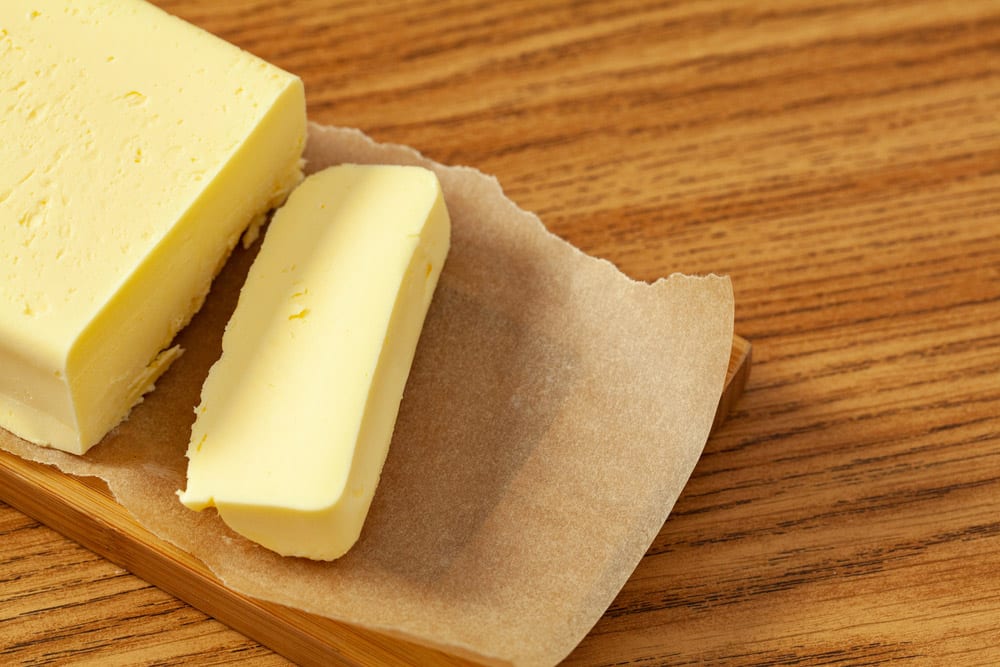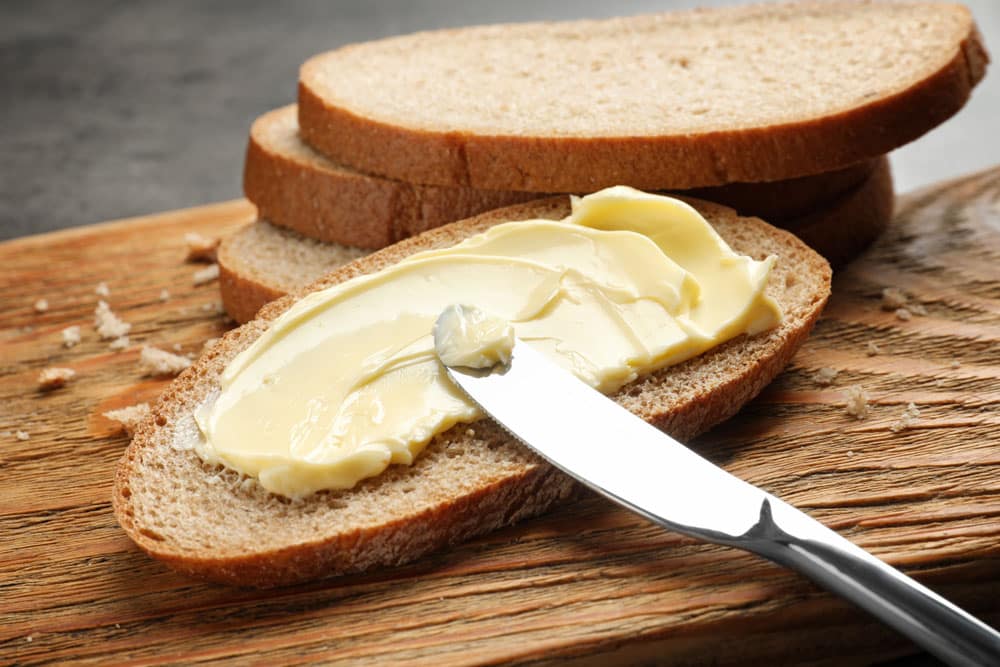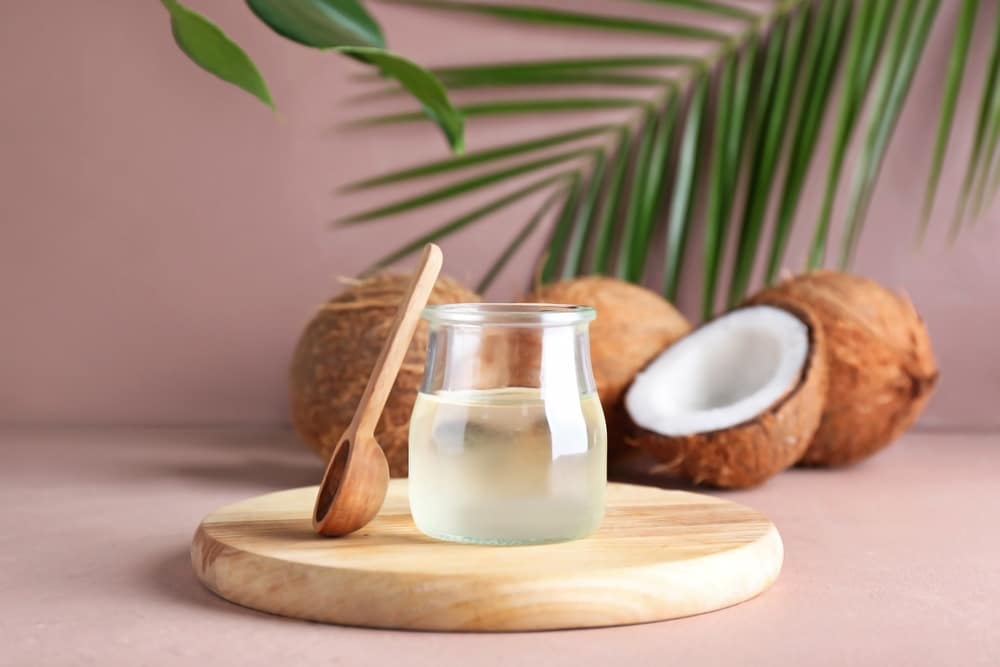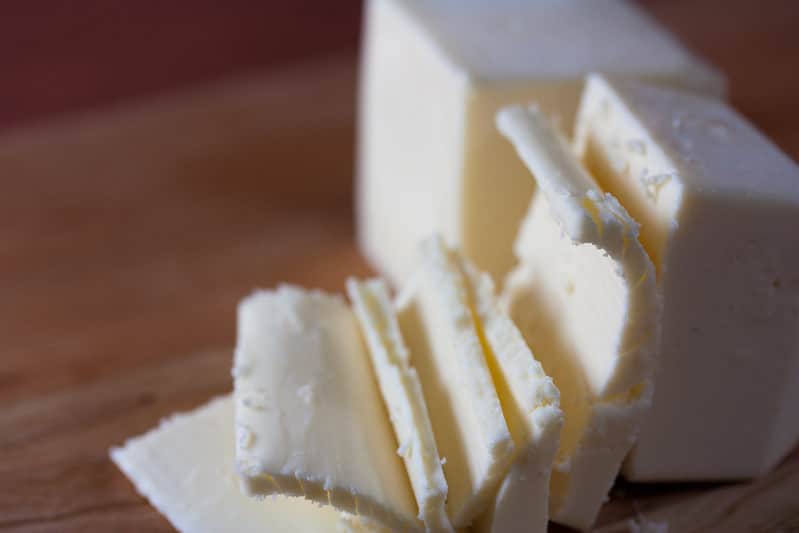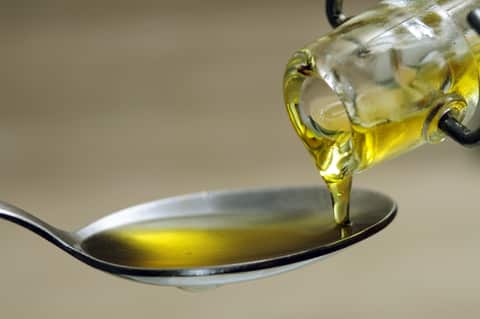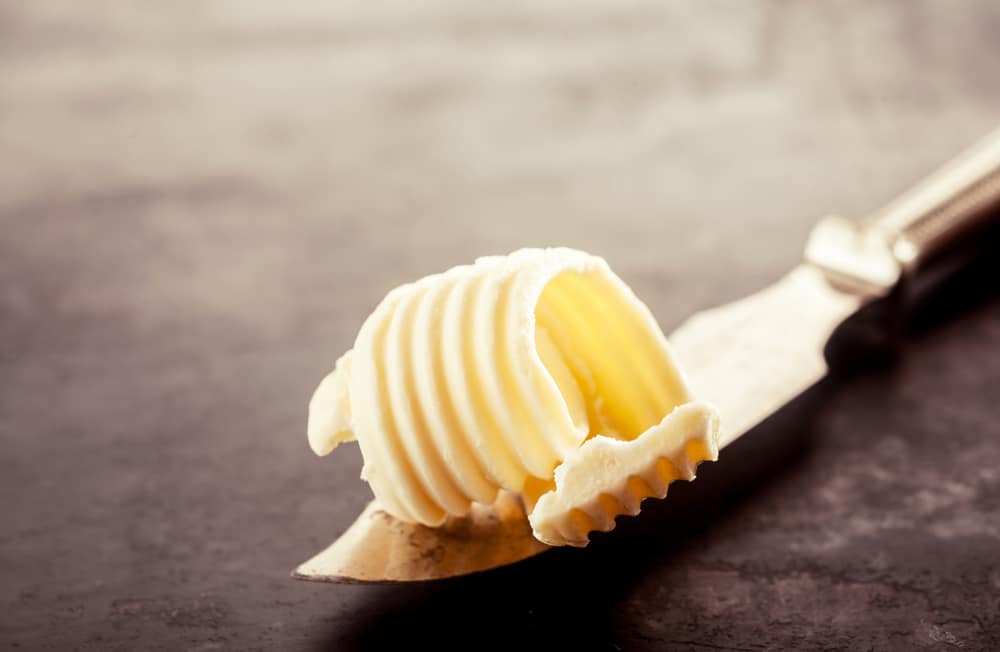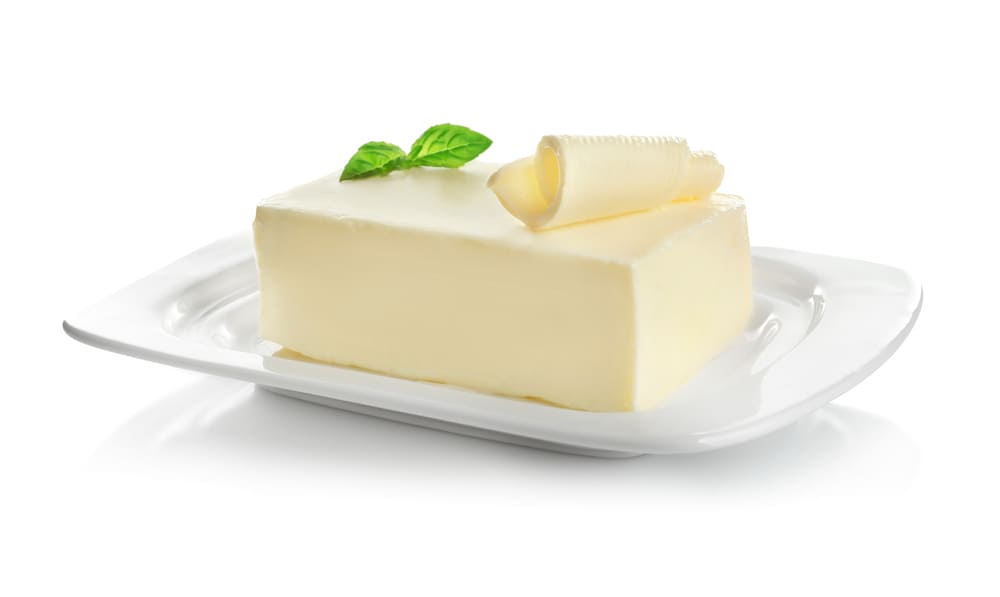
With so many different kinds of butter available at your local supermarket, you may be wondering which one you should buy for your kitchen. Picking sweet butter could be your favorite if you love cooking or baking.
But, what if it’s out of stock or you need a healthier alternative? Keep reading to find out more about sweet butter and what makes the best substitute for this diary product.
What is Sweet Butter?
Otherwise known as unsalted butter, this sweet type with its creamy, natural taste is a popular choice for making baked goods such as pound cakes or butter cookies. Sweet butter is a healthier alternative to its salted counterpart which contains high levels of salt.
Sweet butter, which is sometimes simply known as “butter,” is made up of fresh sweet cream that has been churned for a few minutes until it becomes highly viscous. No salt is added to the mixture and it’s different from butter made with cultured or soured cream.
In the U.S, it’s easy to get confused between sweet cream butter and sweet butter. Sweet cream butter can be both salted or unsalted so check the packaging for the ingredients before buying. When a recipe calls for sweet butter, it’s referring to the unsalted version.
What is the Difference Between Salted and Unsalted Butter?
Both unsalted and salted butter are popular choices for daily use, but sweet butter is preferable when you’re preparing baked goods and desserts. Salted butter is the go-to option for savory recipes.
Similar to all dairy butter, the unsalted version is made from the milkfat found in the cream of fresh pasteurized milk. This type of butter is never made from fermented milk. Unsalted butter can be used as a fat ingredient for most recipes.
However, it’s best for baking or making a pan sauce if you don’t want it to be overly salty which is often the challenge when using salted butter in recipes. Salted butter is made in the exact same way as its unsalted cousin. However, salt is added to the mix.
The saltiness of this type of butter brings out the rich flavors of many recipes and is ideal for savory dishes where you don’t have to worry too much about the salt content. If used in sweet recipes, refrain from adding additional salt to the recipe to prevent the end result from being too salty.
When to Use Sweet Butter in a Recipe or Meal
Sweet or unsalted butter can be used in a number of ways and keeping it chilled before adding it to a recipe or using it as a spread is recommended. Here are some ideas for using this type of butter:
- Beat chilled butter before adding sugar for making sweet cookies.
- Melt in a saucepan on the stovetop to make brown butter or beurre noisette, creating a nutty, toasty flavorful sauce.
- Use as a spread on hot toast with jam.
- Pour melted unsalted butter over noodles for a rich, delicious sauce.
Adding one teaspoon of sweet butter to your diet is highly recommended as it’s rich in antioxidants and contains carotene and vitamin A.
Sweet Butter Substitutes
There could be a number of reasons why you would want to use an alternative to sweet butter. Your local supermarket has run out of stock or you need a lactose-free substitute.
If your doctor has told you to watch your cholesterol levels, you could be told to stop using butter because of its high-fat content.
Whatever the reason, finding a good substitute for sweet butter takes some careful considerations especially if you want your recipe to turn out with natural flavors and still tasting delicious!
- Coconut Oil or Butter
Coconut oil or butter can be used as an alternative to sweet butter when baking sweet goods such as cakes and cookies. The baked goods often taste lighter with a hint of coconut compared to the natural creamy flavor of sweet butter.
These substitutes can be used in savory dishes, imparting a tropical coconut flavor to the recipe. Coconut oil is extracted from the meat of this fruit while the butter is made from the flesh which has been pounded into a spread or paste.
Depending on the room temperature, coconut oil can be solid or liquid. Cookies made with coconut oil instead of sweet butter will have a delectable taste while being a little crunchier.
This is because unsalted butter is 16 to 17 percent water compared to coconut oil which is pure fat. Less moisture produces a crispier cookie.
Instead of using melted sweet butter for spreading over bread, or smearing over hot toasts, muffins, or cakes, you can use coconut oil which makes a good substitute as a spread. However, ensure the coconut oil is in a liquid form to make it easier to spread.
- Nut Butter
Nut butter made from almonds or peanuts are great alternatives to the diary version, especially when used in baking recipes.
They have a sweet and creamy viscidity which preserves the moisture content of dough and batters while reducing the level of added sugar to the recipe.
Loaded with nutritional value and healthy fats, almond butter is gradually becoming a preferred substitute for sweet butter as a topping for bread and pastries. With its creamy and mild nutty flavor, almond butter makes a wonderful spread on sandwiches while it can be used in both sweet and savory dishes.
While peanut and almond butter has a higher fat content compared to diary types, they’re considered the healthier alternative for their monounsaturated fats.
- Vegan Butter
If you’re lactose-intolerant or simply want to avoid animal by-products, vegan butter is a non-dairy substitute for sweet butter. Alternatively known as plant-based butter, this product is super buttery and smooth with a rich, and creamy flavor.
It’s also easy to make a homemade version in your own kitchen by combining coconut oil, apple cider vinegar, soy milk, and almond flour.
Commercial plant-based butter Is normally made with olive, coconut, or avocado oil and other ingredients such as salt, artificial coloring and flavors, and emulsifiers. While similar to the contents of margarine it differs in that vegan butter doesn’t contain animal products.
Vegan butter is used for daily purposes such as spreading on bread or toast, in baking, and for frying food. It comes in many forms such as sticks, whipped, in tubs, soy-free, coconut-based, or made purely with olive oil.
While it makes a good spread on toast and bagels, vegan butter is high in calories. However, one tablespoon of commercial plant-based butter contains zero cholesterol and less than 4 percent saturated fat.
If you’re on a healthy eating plan, using this butter could also be a healthier alternative to sweet butter when used in cooking or baking.
- Margarine
One of the most-used substitutes for dairy butter is margarine. It can be used in the same ratio as butter when replacing it as an ingredient in recipes and works well for both baking and cooking. It’s often used as a low-cost alternative spread to sweet butter.
Margarine can change the texture of baked items when used as a substitute for sweet butter. A non-dairy product, margarine adds essential nutritional value to your diet with fat-soluble vitamins A and D. it’s also lower in saturated fats and cholesterol-free.
Newer margarine products are low in trans-fatty acids too. Some kinds of margarine can be classified as functional food because they’re supplemented with plant sterol while also being shown to lower blood pressure.
This sweet butter substitute is healthier for your heart too as it contains polyunsaturated and monosaturated fats which help to reduce LDL cholesterol in the body.
- Olive Oil
When looking for a substitute for sweet butter for baking, it’s important to remember that the fat ingredient helps the baked item maintain its solid shape when cooled down. In this case, olive oil can be used in recipes such as pancakes with good results.
The other benefit of using olive oil as an alternative to sweet butter is that it’s healthier than dairy butter. The main fat ingredient in olive oil is monounsaturated fats which are better than the saturated fats found in sweet or other diary-based butter.
Monosaturated fats are healthier for the heart while reducing LDL cholesterol levels in the blood. However, the use of olive oil may add a different taste to the cooked item especially if it’s a sweet dish.
Olive oil makes an excellent substitute for sweet butter in most savory recipes though with its distinctive flavors.
Final Thoughts
Sweet or unsalted butter with its creamy, fresh, and natural flavor is a wonderful spread for toast, sandwiches, muffins, and bagels. It can also be used as an ingredient in both sweet and savory recipes.
However, if you’re looking for a non-dairy or healthier substitute, the options mentioned in this article will give you the alternatives you need while still enjoying baking or cooking!

